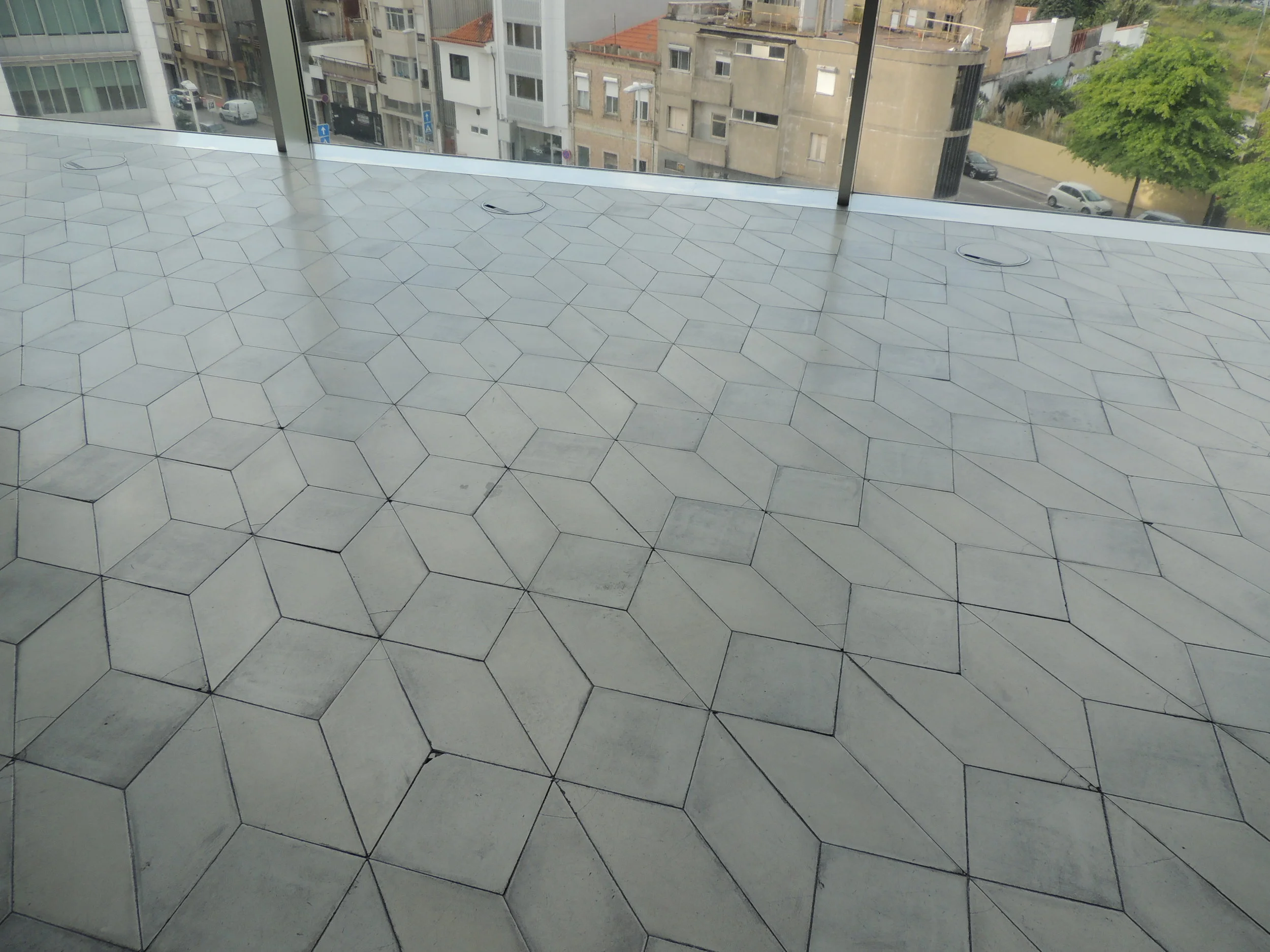What's in My Foam? Testing for Flame Retardants in Your Furniture
/Graphic courtesy of Duke University Foam Project / Superfund Research Center
Are you wondering whether your couch or your child's carseat is full of flame retardant chemicals? It's a safe bet that, if it predates the Technical Bulletin 117 (TB113-2013) regulations that went into effect in January 2014, your couch or carseat foam may be steeped in potentially harmful chemicals. Why are we concerned about the use of flame retardant chemicals in household products? We've written at length about the link between these substances and potential health effects including respiratory issues, autoimmune conditions, and cancer. And when flame retardants and the foam they saturate begin to break down over time, they accumulate in household dust where they can easily be inhaled or ingested. So it makes sense to prioritize replacing household items with confirmed levels of flame retardant chemicals.
But how do you know if the polyurethane foam (PUF) if your furniture, mattress or carseat contains confirmed flame retardants? Current regulations do NOT require manufacturers to disclose what kinds of flame retardants are used in their products, so consumers have no way of knowing what chemicals their purchases contain without laboratory testing. Luckily, The Duke University Foam Project is currently examining the use of flame retardant chemicals in furniture. Duke's Superfund Research Center will accept foam samples from US households for lab testing--all free of charge (minus nominal shipping charges). Instructions for preparing and mailing samples can be found here, and results can be expected via mail about 6 to 8 weeks after the sample is received by the lab.
I'm currently waiting on test results for several samples from around my own house. Fingers crossed for clean results. And if not, at least I'll have direction on what to prioritize for replacement. Happy testing to you, too!

